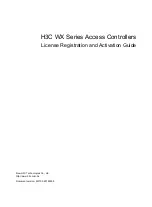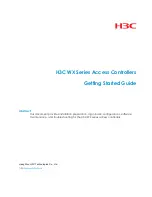
E L C O p e r a t i o n M a n u a l
F o r m o r e i nf o r m a t i o n v i sit :
w w w. e a t o n . c o m
MN05003006E
4-16
pulses less than 10 will output at 10.
3.
Range limitation: V
MAX
> V
RT
> V
BIAS
.
4.
V
RT
is not allowed to be changed during execution.
C R # 1 4 , 1 5 :
Zero return deceleration speed (V
CR
)
1.
Range: 0 ~ +2,147,483,647 (The units are set in b0 and b1 of CR#5).
2.
The range is 10 ~ 200KPPS pulses. Pulses exceeding 200K will output at 200K;
pulses less than 10 will output at 10.
3.
When zero return is executed, the motor will run at the zero return speed V
RT
. When
it reaches a DOG signal, the motor will decelerate to the zero return deceleration
speed V
CR.
4.
In order to accurately position at the zero point, we suggest setting V
CR
to low speed.
5.
V
CR
is not allowed to be changed during execution.
C R # 1 6 :
The number of PG0 in zero return mode (N)
1.
Range: 0 ~ +32,767 (PULSE).
2.
The reference signal for the motor to decelerate and stop. After detecting a DOG
signal, the module will start to count the number of pulses (N) to the zero point. See
CR#18 for more details on the zero return mode.
C R # 1 7 :
The number of pulses in zero return mode (P)
1.
Range: -32,768 ~ 32,767 (PULSE). The negative values are the numbers of pulses
(P) in forward direction. The positive values are the numbers of pulses (P) in reverse
direction.
2.
The reference signal for the motor to decelerate and stop. See CR#18 for more
details on the zero return mode.
C R # 1 8 :
Zero return mode
1.
Zero return modes:
b[0] = 0: normal mode
b[0] = 1: overwrite mode
2.
Detecting DOG falling-edge in zero return mode:
b[1] = 0: On
















































